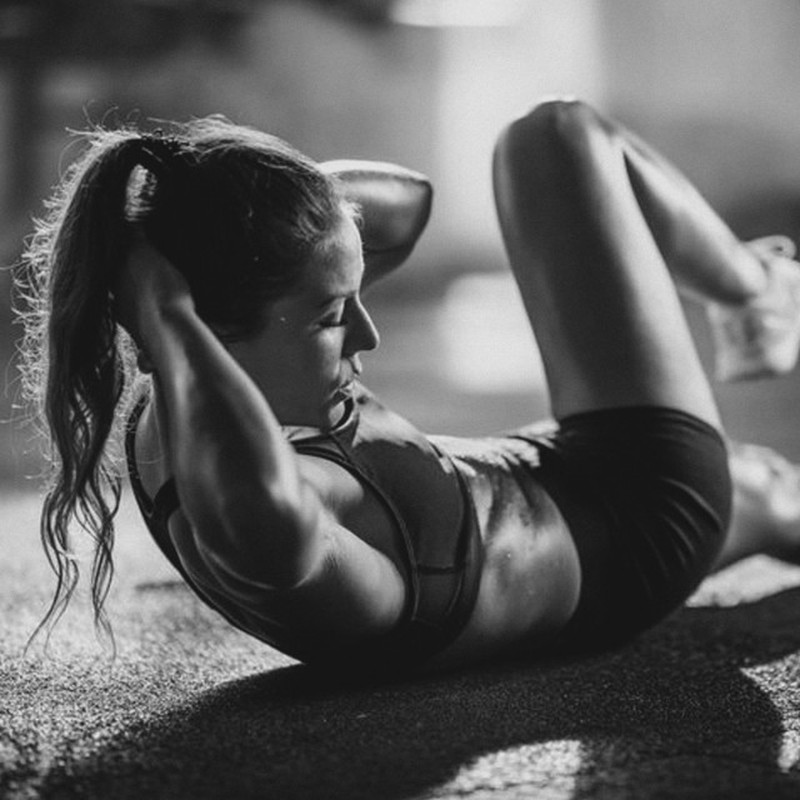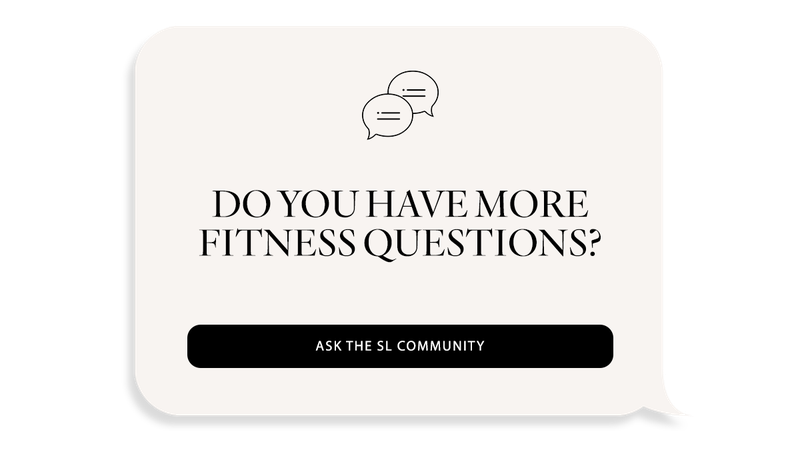The Most Asked Fitness Questions Of The Year – Answered
Low impact cardio has been big news this year – what are the benefits?
“Low impact cardio is aerobic exercise that puts minimal force through the joints, bones and tissues. If ‘impact’ exercise involves running or jumping, low impact cardio is all about building strength and endurance at your own pace and supercharging cardiovascular health without overstressing the body. Lower impact cardio will protect joints and offers a more sustainable workout solution – plus, you don’t need to psych yourself up for it, like you might have to for a Barry’s class. During a low impact class, you’ll always keep at least one foot on the ground. This is much kinder on your joints and reduces the risk of injury as you move at a slower, albeit still effective, pace.” – Katie Gray, founder of Kind by KG
Is working out in the morning better for you?
“There is no resounding conclusion to whether training in the morning or the evening is better for you, but there are some conditions that come with one or the other. For example, if you train first thing in the morning you will have fasted overnight, as well as having just rested. Evening training may require more effort if you have been working all day, but you have also fuelled your body throughout the day. There is evidence to show our internal body temperature peaks at around 2pm, which could provide a stamina boost. Other evidence has shown hormone responses to exercise are greater first thing in the morning. Ultimately, it comes down to personal preference and your work schedule. If you’re a morning person and don’t mind training before eating breakfast, then you’ll get the most out of an early session.” – Sam Preston, physiotherapist & co-founder of Palm Rock Retreats
How often should you exercise to see results?
“Working out three times a week is a good goal. It’s definitely more about the quality of a workout as opposed to the quantity, so keep this in mind. For example, you could do an intense HIIT session every day and not see results, as this would stress the body out and have a negative effect. If your goal is to build muscle and tone, aim for four sessions a week as muscles need enough overload throughout the week to kickstart the growth process. Alongside your gym-based workouts, make sure you’re moving as much as possible throughout the week, as NEAT (non-exercise activity thermogenesis) accounts for the majority of the calories you burn throughout the day – this incorporates the energy expended for everything we do that doesn’t include sleeping, eating or exercise.” – Chelsea Labadini, PT
Why is Pilates so popular?
“Pilates is a total body workout that builds strong, lean muscles and full-body flexibility – there really is nothing else like it. It primarily works on strengthening your core but can also improve posture, reduce pain and boost energy. Pilates also incorporates mindfulness, which can reduce feelings of stress and anxiety and improve general wellbeing. A Pilates workout can be varied in intensity to adapt to different fitness levels and abilities, including many health conditions, so it is inclusive to almost everyone. Plus, even a little bit helps – you don’t need an hour-long class to see the benefits. A few short 20 to 30-minute sessions a week is beneficial. Try adding a few exercises to the end of your usual workout, or while sitting at your desk.” – Tracy Ward, founder of Freshly Centered
Is lifting weights the only way to build strength?
“It isn’t the only way. You will build strength by performing any type of exercise that your body isn’t accustomed to. Walking up a steep hill will make your legs stronger; yoga will get you strong at supporting your body weight. Strength training is just another tool that is easy to increase the resistance or intensity you’re training at. The main rule to improve every aspect of fitness is progressive overload. If you’re doing a tiny bit more and increasing your weight compared to last week, you’re moving in the right direction.” – Sam
If you’re not sore after a workout, does that mean you didn’t work hard enough?
“Absolutely not. Delayed onset muscle soreness (DOMS) always arises after unaccustomed, eccentric exercise, a type of muscle contraction that involves tissue lengthening under load. The response of tender, tight muscles can be from a change in activity, volume or intensity, meaning the muscles aren’t accustomed to the length and loading they are being exposed to. If you are completing a progressive exercise programme and recovering correctly, you shouldn’t feel soreness after the third week and that is a good sign. It shows the body is adapting to the stress which means you are getting stronger.” – Sam
How can you maintain motivation to exercise?
“It’s normal to feel a slump in motivation in the winter months. The cold weather and lack of sunlight can all affect time available and motivation to exercise. My top piece of advice is to find something you really enjoy doing, and just turn up. It doesn’t matter if you cruise through a session because you’re not feeling good. Turn up and move the needle towards the goal you’ve set yourself. Working out with a friend can also help – share the accountability with someone and treat exercise as a form of socialising.” – Sam
How often should you be stretching?
“When looking at the science, stretching is a tool that has quite subjective responses – meaning the muscle length doesn’t physiologically change, but the feeling of tension will subside after stretching. Get into the habit of doing a mobility flow prior to training that focuses on the body parts you’ll work in that session, alongside longer stretching sessions during rest days. If I could only do one stretch, it’d be the ‘world’s greatest’ stretch, which targets the ankles, knees, hips and muscles surrounding them.” – Sam
Should you be wearing a fitness tracker when exercising?
“Wearable tech can give you great, detailed insights into your sleep, energy expenditure, heart rate zones and more. It can be motivating to achieve step count targets and understand how many calories your body burns in a day. It’s also helpful to understand heart rate zones and your stress and recovery cycle when training frequently. However, don’t get too obsessed with sleep tracking – if you have a restless night, being told you under-slept will make you feel worse. If you’re just starting out on your fitness journey, Apple Watches are versatile and user friendly, but the battery life is limited. Garmin watches are my favourites.” – Sam
Is it possible to be a better runner?
“Everyone can benefit from improving their running form – it will ultimately improve your running efficiency and reduce your risk of injury. However, it’s important to know that running form is very specific to each individual and forcibly changing too much, or changing the wrong thing, can have the opposite effect. Running form is generally a consequence of muscle strength/weakness as well as a balance of tightness and imbalances. A good area to focus on for most people is strengthening the glutes and the calves. Running form often breaks down as an athlete fatigues (especially if you’re a beginner), but concentrating on holding proper form when you're tired can be hugely beneficial and make your runs faster and more efficient. Keep your head in a neutral position – imagine you’re being pulled upwards by an imaginary string; aim for a 90º bend in the elbows; and release tension in your hands.” – Tom Davies, athlete for INCUS & coach for PB Performance
For more information visit KindByKG.com, PalmRockRetreats.com, ChelseaLabadini.com, FreshlyCentered.com & INCUSPerformance.com.
DISCLAIMER: Features published by SheerLuxe are not intended to treat, diagnose, cure or prevent any disease. Always seek the advice of your GP or another qualified healthcare provider for any questions you have regarding a medical condition, and before undertaking any diet, exercise or other health-related programme.
DISCLAIMER: We endeavour to always credit the correct original source of every image we use. If you think a credit may be incorrect, please contact us at info@sheerluxe.com.



